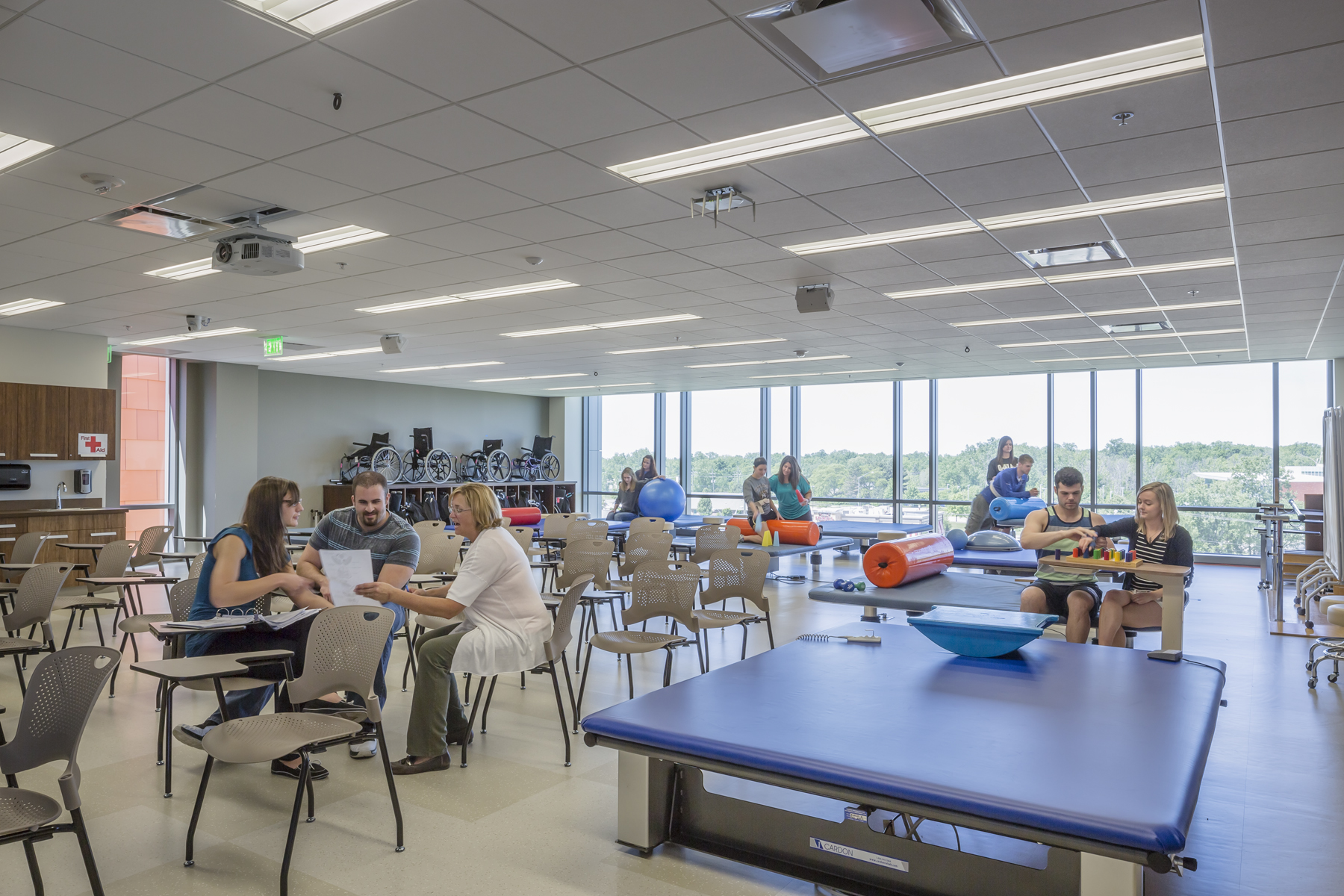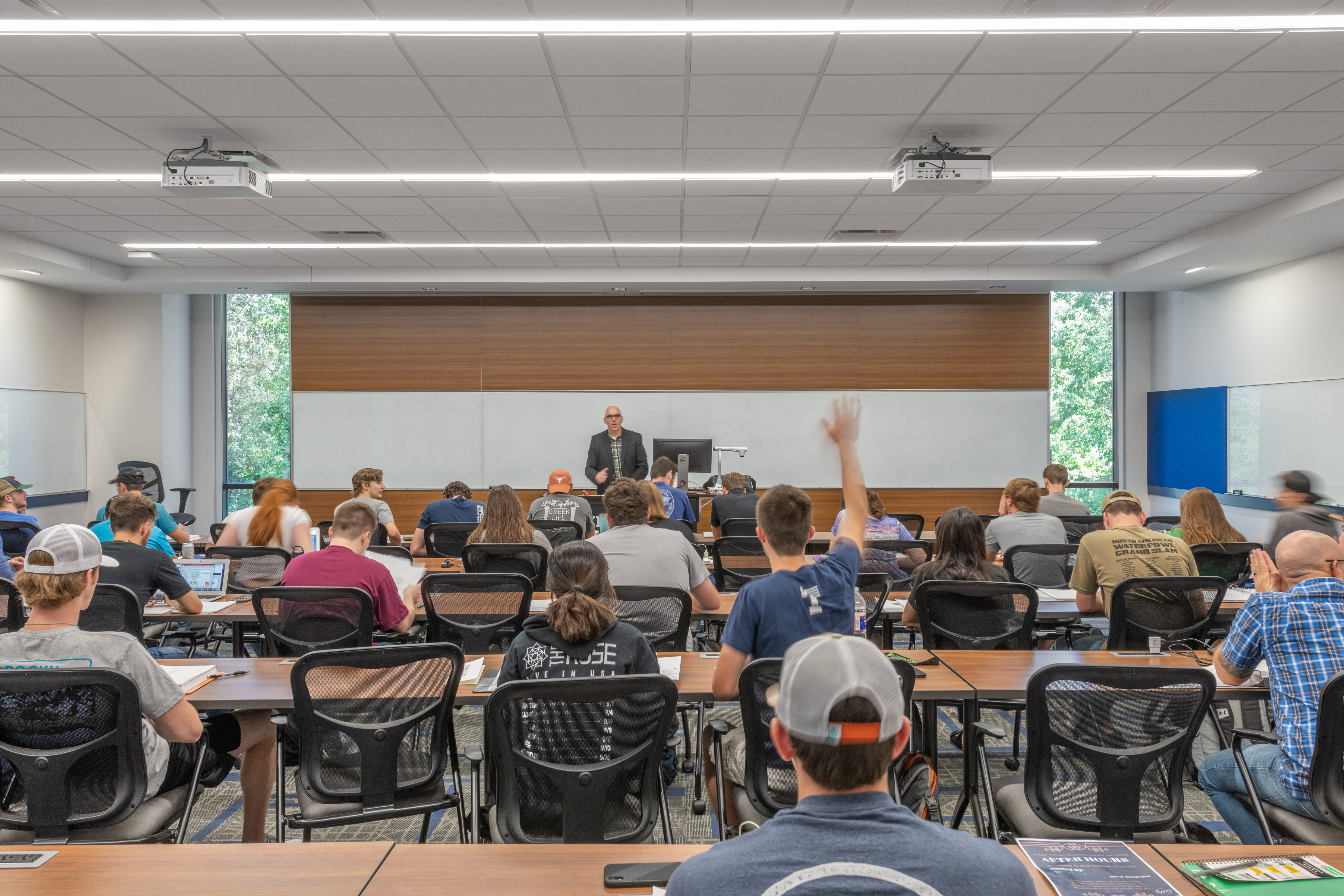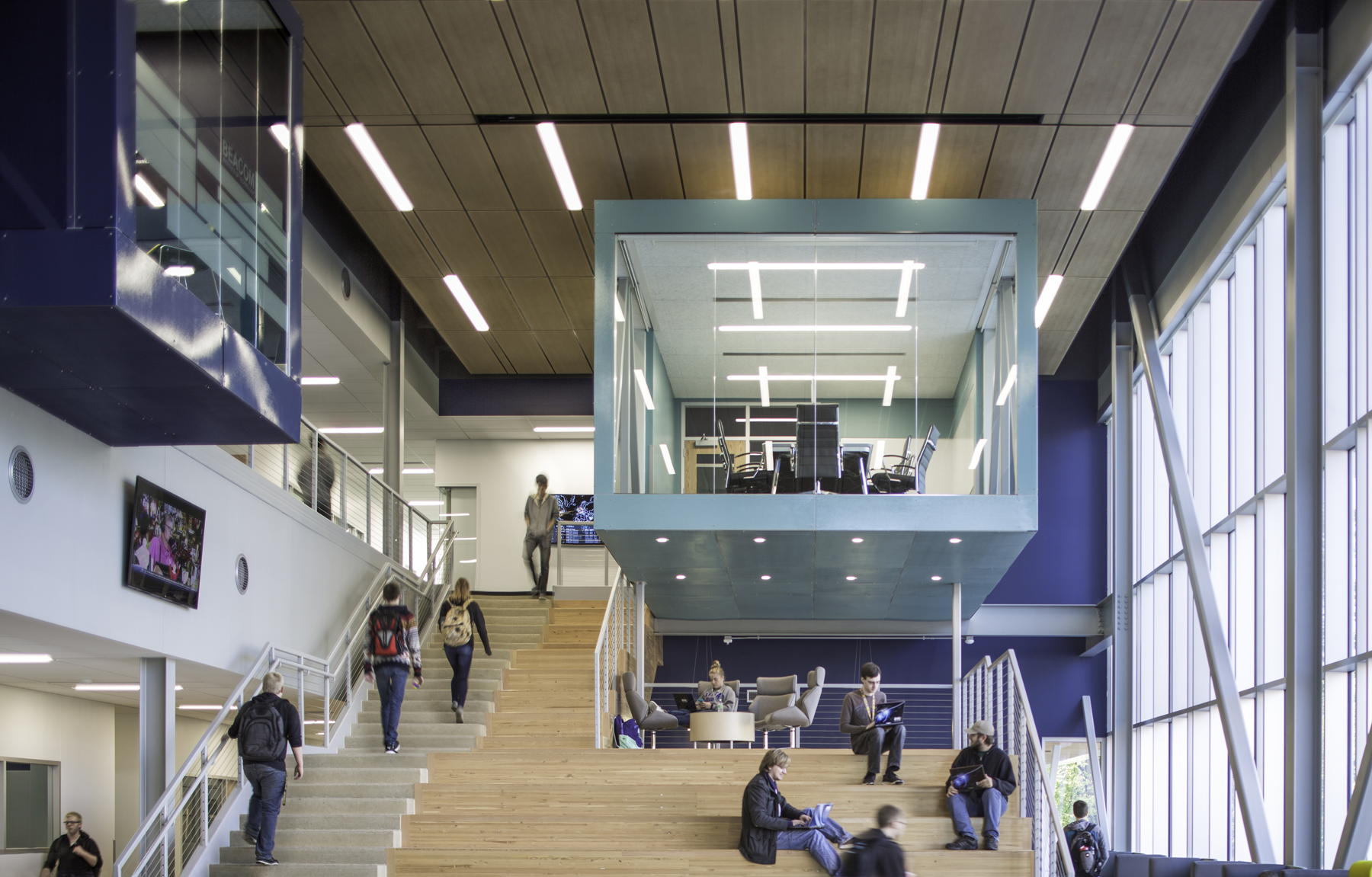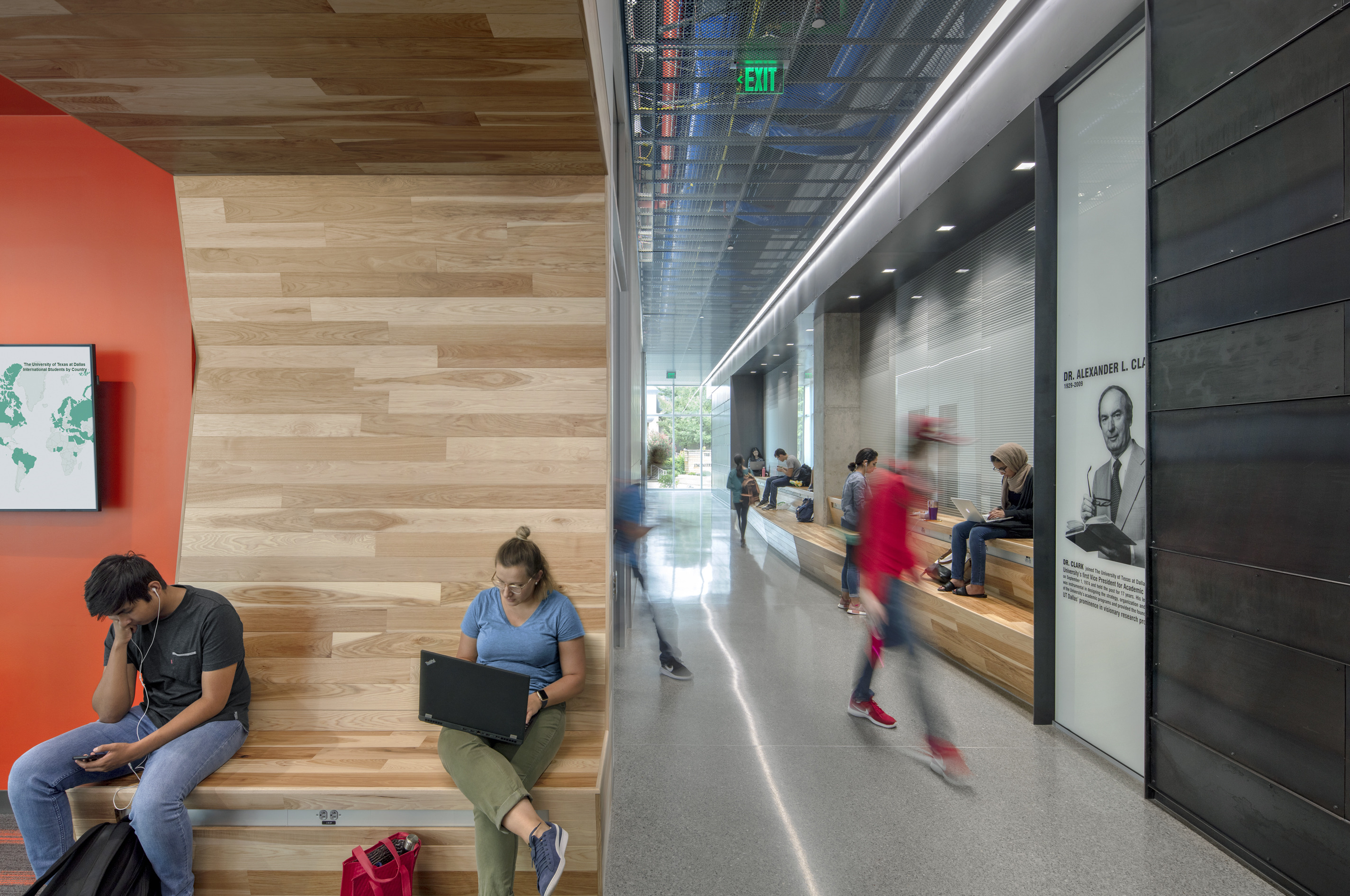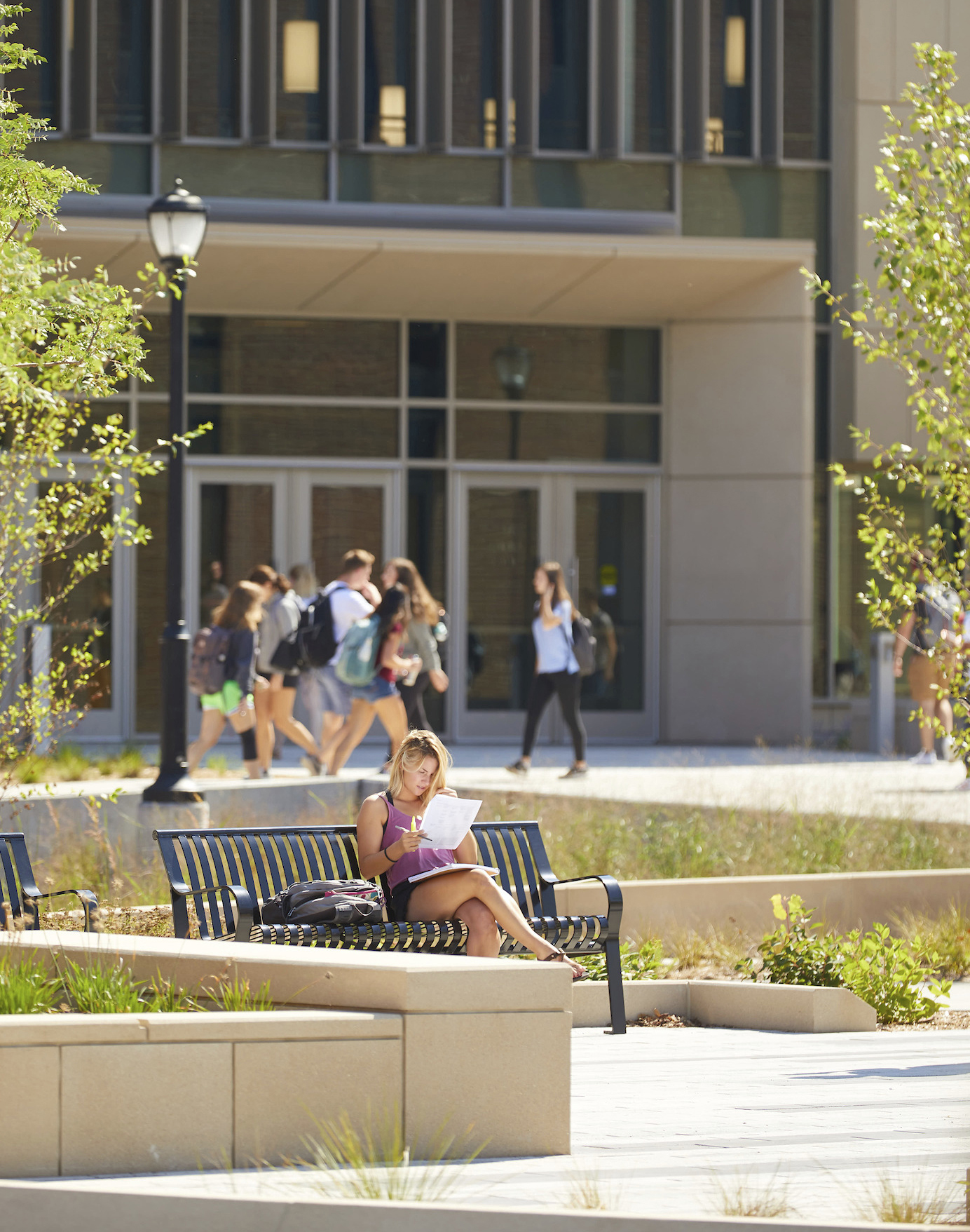Renewing the Social Contract of Public Higher Education
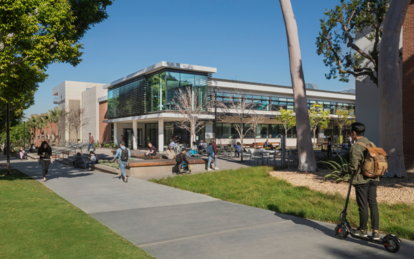
The COVID-19 pandemic, in parallel with already shifting American demographics, is having an acute impact on student access and success. That impact is disproportionately affecting first generation, Pell Grant-eligible students, and disadvantaged communities with limited access to technology. The current crisis has also reinforced the importance of higher education for encouraging upward social mobility, economic stability and a strong democracy. Under stress, it has become apparent that the current model of public higher education has substantial structural and financial weaknesses. We believe the solutions to these compound issues requires a bold new collaboration between political and institutional entities and the American public.
As campus planners and strategists, we affirm higher education is a public benefit and one of the most important tools for building long-lasting regional, state and national durability. In March 2020, faced with federal and state mandates, most college and university campuses were forced to abandon face-to-face education for emergency remote learning. These events illuminated the need for systemic change to address whom we educate, how we educate them, and most importantly, the speed, cost and efficiency of that education. For prepared institutions, COVID-19 did not wholesale change the trajectory of higher education, it merely accelerated it. For many others, it is a time to renew the social contract of public higher education to ensure a more resilient future.
Change Starts with Regional Comprehensive Universities
To do the most good, it is important to begin with the public institutions where education and social mobility overlap—regional comprehensive universities. Originally founded as the “people’s universities,” these institutions educate more than 70% of all undergraduate students at four-year institutions with more than 400 locations nationally. They comprise a vast and diverse ecosystem of both degree offerings and specialization. Our exploration is applicable to both systems with centralized state governance—such as Florida, Wisconsin and Pennsylvania—and decentralized systems like Michigan, Arizona and Colorado.
Addressing the Imbalance of Geography and Capacity
While regional comprehensives are drivers of social and economic change, they are facing systemic disruption on multiple fronts. Foremost is the decrease in the number of traditional 18-24-year-old students in the United States. At the same time, institutions will experience an increase in non-traditional learners including students whose academic careers were interrupted by the current health crisis and adult students who would benefit from additional education or need training to re-enter the workforce. To compound this, there is a substantial geographical mismatch between the location of regional comprehensives and where students reside. Campuses in the Great Lakes, Midwest and Plains cannot easily serve the growing educational needs of Texans and Californians. This consequence of geography has led to significant fiscal burdens and unhealthy competition for students between states, systems and individual campuses. This is not an issue of capacity, rather it is a question of distribution, cost and willingness to confront political change. Without significant state-to-state collaboration and political intervention, we should expect campus closures, consolidations and diminished program offerings. We believe there are a variety of potential solutions that can help avoid these painful reductions.
Building a Network of Educational Partnerships
Now is the time to renew the foundational mission of regional comprehensive universities and return to the existential justification for these institutions. We believe a stronger networked approach is required to better serve all students. This new educational model needs to offer a relevant and workforce ready education at a competitive price. This approach will require unprecedented cooperation across institutional typologies, state boundaries and political domains. Both innovation and compromise will be required to achieve this vision.
Based on our experiences and observations, we believe there are several models worth examining. First, and perhaps the most apparent, are partnerships and enhanced collaboration between campuses. This applies to intra- and inter-state institutions. This new mentality would require developing non-compete agreements between institutions to both eliminate programmatic duplication and strengthen programmatic centers of excellence. This model could be leveraged for both undergraduate and graduate programs. Moreover, it could be applied horizontally with partner private liberal arts institutions forming alliances to share core curriculum and leverage unique and specialized degrees. This model can also be strengthened vertically by better integrating options such as dual enrollment and community college transfers with regional comprehensive and research institutions, creating a simple framework serving a range of educational needs from certificates to doctoral degrees. Finally, institutions will leverage partnerships with local industry to help ensure students are workforce-ready. This level of collaboration, however, is not without issue. Allowing students to use work experience for credit and stack credentials from various programs and institutions will require sweeping accreditation change.
Accelerating Time to Degree and Prioritizing Student Success
In addition to a networked approach, there should be a renewed focus on streamlining the time and resources required for students to earn a degree. Some institutions should re-introduce a 3-year option for students seeking a cost-effective education. This challenges the long-held practice of requiring a set number of credit hours to complete a degree and instead places emphasis on core competencies. In addition, the forced progress in online delivery coupled with 7.5- or 8-week semesters offer faster, more focused and flexible options for students.
Today’s economic landscape may also require some regional comprehensive universities to challenge the trappings of their traditional on-campus residential experience. We believe there should be alternatives available for students preferring limited or no on-campus housing, modest athletics and recreational assets and fewer amenities. This simplified model will require different services and a renewed focus on retention, completion and supporting student services.
An increase in non-traditional and underserved students will necessitate access to academic support, career counseling, tutoring centers and mental health counseling. These new students need a reconfigured campus that features touchdown spaces, kitchens, food pantries, laundry facilities and job preparation centers. Students will require convenient one-stop shops for student services, and institutions must embrace a “solution center” mentality to bring together both simple human interaction and user-friendly app technologies. As designers, we also recognize the limitations of fixed capital assets, such as mid-century purpose-built facilities that lack the new spaces needed to support better learning outcomes, student engagement, persistence and success. These assets need to be repositioned for a more efficient and effective educational experience. Through both physical and operational changes, we believe regional comprehensive universities are the vehicle to prepare students for increased access and upward mobility.
This unusual moment is a rare opportunity to reinvest in regional universities through equitable public policy positions in order to reimagine and reinvent these important institutions for the 21st century. By taking a bold political stance in supporting intelligent funding, collaboration and a student-centered perspective, we are confident the “people’s universities” can limit the contraction of public educational institutions, encourage an educated and upwardly mobile population and help realize long-term economic and societal benefit.
